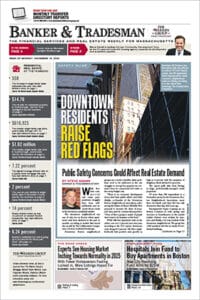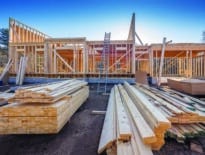U.S. home prices jumped by a record amount in June as homebuyers competed for a limited supply of available houses, the latest evidence that the housing market remains red-hot.
The S&P CoreLogic Case-Shiller 20-city home price index soared 19.1 percent in June compared with a year earlier, the largest increase on records dating back to 2000. The annual price gains in June were higher in all 20 cities than they were in May. Prices are now at record highs in 19 of the 20 cities, with the exception of Chicago.
“The last several months have been extraordinary not only in the level of price gains, but in the consistency of gains across the country,” said Craig Lazzara, managing director of index investment strategy at S&P DJI.
There are signs that the high prices are cooling sales a bit. Sales of existing homes rose 1.5 percent in July from a year earlier, a separate report showed last week. That’s a much slower pace than the previous month. And the number of contracts signed to buy homes, a leading indicator of final sales, has fallen for two straight months.
Prices rose in June by the most in Phoenix, where they soared 29.3 percent compared with a year earlier, followed by San Diego, with a 27.1 percent increase, and Seattle, at 25 percent.
The Boston, Charlotte, Cleveland, Dallas, Denver and Seattle areas recorded their all-time highest 12-month gains, with Boston seeing an 18.6 percent spike. The metro saw the second-smallest change in value between May and June of the 20 areas the index tracks, however, at a mere 1.3 percent on an unadjusted basis and 1 percent on a seasonally adjusted basis, tied with New York City.
Nationally, prices were up 1.8 percent between May and June on a seasonally adjusted basis and 2.2 percent on an unadjusted basis. The Case-Shiller Composite 20 index, which tracks the country’s 20 biggest metros, saw 2 percent and 1.8 percent gains, respectively.
The COVID-19 pandemic has driven many Americans to seek homes in suburban areas that provide more space and are not as congested as apartments in big cities. Yet many other homeowners have been reluctant to sell during the pandemic, and the construction of new homes has foundered amid shortages of materials, land and labor.
That left just 1.32 million existing homes for sale in July, down 12 percent from a year earlier. Yet there are signs that the high prices are encouraging more people to sell, as the number of available homes rose in July compared with the previous month.
Another challenge for would-be homebuyers is competition from investors, including some Wall Street firms, who are purchasing single-family homes for rent. Nearly a quarter of all existing home sales in July were all-cash sales, up from 16 percent a year earlier.







